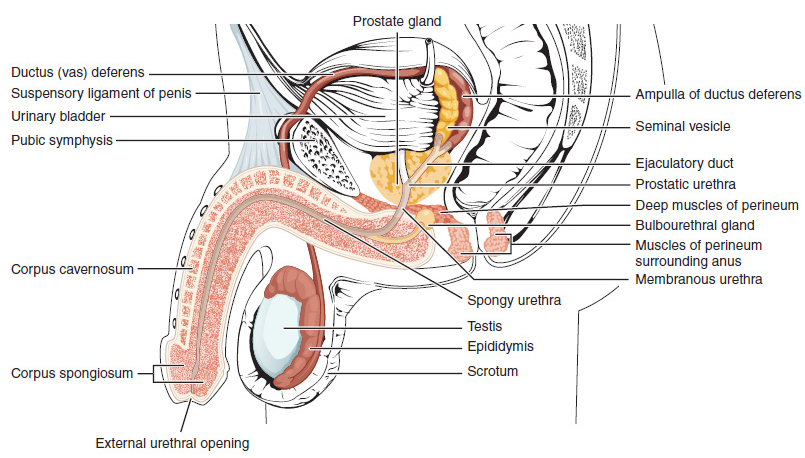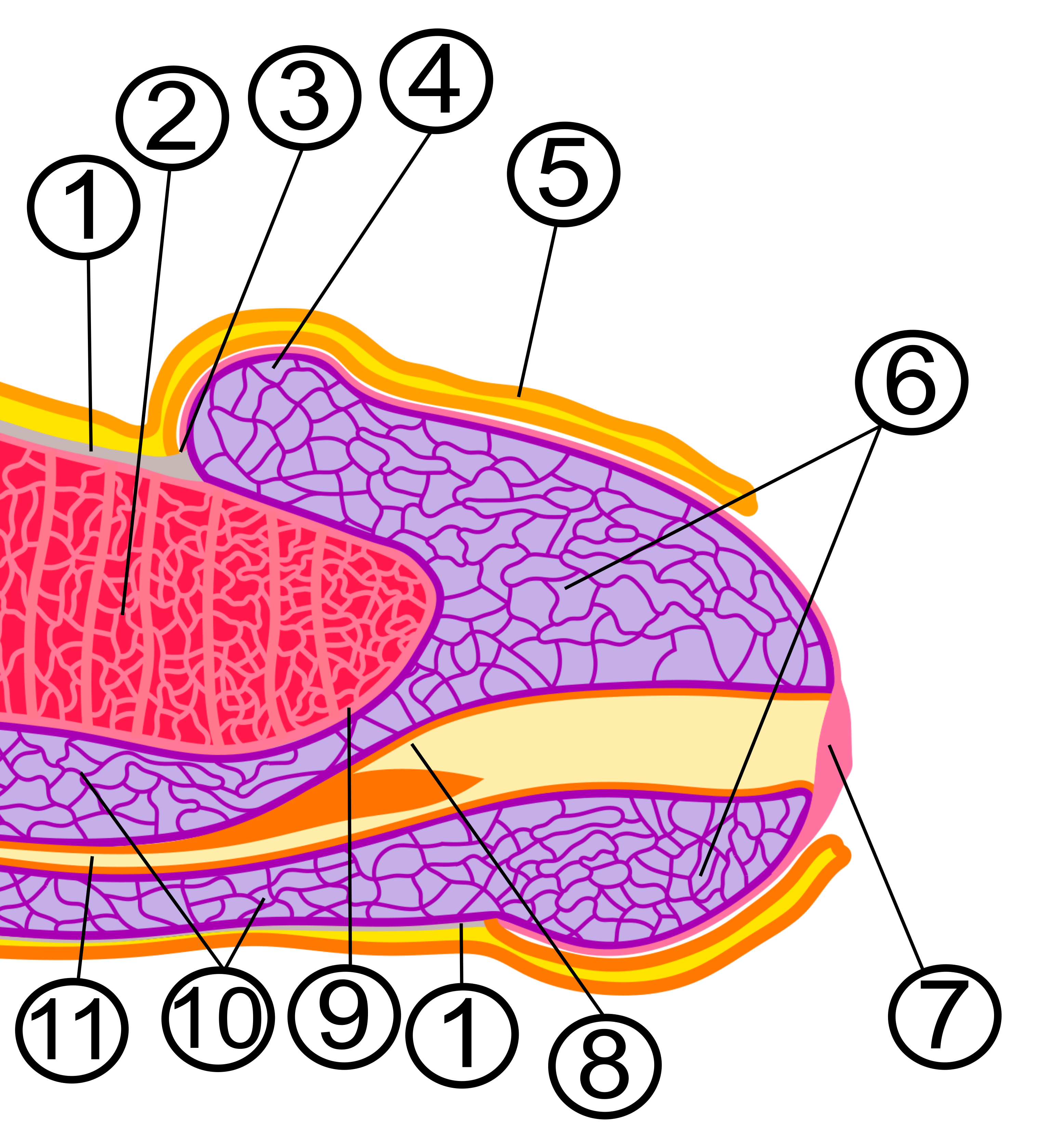|
Tuli (rite)
Tulì is a Filipino rite of male circumcision. It has a long historical tradition and is considered an obligatory rite of passage for males; those who have not undergone the ritual are ridiculed and labeled ''supót'' by their peers. Circumcision is not considered a religious rite in the Philippines, as some four-fifths of Filipinos profess Roman Catholicism, which does not require it. Rather, circumcision is a social norm rooted in tradition that is followed by society at large. Most boys usually undergo the procedure not shortly after birth but prior to reaching puberty or before high school (around ages 10–14). There exists two common ways of undergoing ''tuli'': either the traditional way by a local village circumciser (known in Tagalog as having it done "de-pukpok") or having it done by medical practitioners in a hospital or clinical setting. __TOC__ Background Circumcision in the Philippines, as practiced today, is not a religious rite. Circumcision is also not practic ... [...More Info...] [...Related Items...] OR: [Wikipedia] [Google] [Baidu] |
Filipino People
Filipinos ( tl, Mga Pilipino) are the people who are citizens of or native to the Philippines. The majority of Filipinos today come from various Austronesian ethnolinguistic groups, all typically speaking either Filipino, English and/or other Philippine languages. Currently, there are more than 185 ethnolinguistic groups in the Philippines; each with its own language, identity, culture and history. Names The name ''Filipino'', as a demonym, was derived from the term ''Las Islas Filipinas'' ("the Philippine Islands"), the name given to the archipelago in 1543 by the Spanish explorer and Dominican priest Ruy López de Villalobos, in honor of Philip II of Spain (Spanish: ''Felipe II''). During the Spanish colonial period, natives of the Philippine islands were usually known by the generic terms ''indio'' ("Indian") or ''indigenta'' ("indigents"). However, during the early Spanish colonial period the term ''Filipinos'' or ''Philipinos'' was sometimes used by Spanish writers ... [...More Info...] [...Related Items...] OR: [Wikipedia] [Google] [Baidu] |
Hospital
A hospital is a health care institution providing patient treatment with specialized health science and auxiliary healthcare staff and medical equipment. The best-known type of hospital is the general hospital, which typically has an emergency department to treat urgent health problems ranging from fire and accident victims to a sudden illness. A district hospital typically is the major health care facility in its region, with many beds for intensive care and additional beds for patients who need long-term care. Specialized hospitals include trauma centers, rehabilitation hospitals, children's hospitals, seniors' (geriatric) hospitals, and hospitals for dealing with specific medical needs such as psychiatric treatment (see psychiatric hospital) and certain disease categories. Specialized hospitals can help reduce health care costs compared to general hospitals. Hospitals are classified as general, specialty, or government depending on the sources of income received. A teac ... [...More Info...] [...Related Items...] OR: [Wikipedia] [Google] [Baidu] |
Auraeus Solito
Auraeus Solito, also known as Kanakan-Balintagos, is a Palawán-Filipino filmmaker and indigenous peoples rights advocate who comes from a lineage of shaman-kings from the Palawán tribe. He was one of the first to be born outside of his tribal land of South Palawan. He was born in the city of Manila and, after graduating from the Philippine Science High School, studied theater at the University of the Philippines, where he received a degree in Theater Arts. One of the leading independent filmmakers in the Philippines, he was chosen as part of in ''Take 100, The Future of Film'' in 2010. This book, published by Phaidon Press, New York, is a survey featuring 100 emerging film directors from around the world who have been selected by 10 internationally prominent film festival directors. His first feature film, ''Ang Pagdadalaga ni Maximo Oliveros'' (''The Blossoming of Maximo Oliveros'') won 15 international awards including 3 awards at the Berlinale (The Teddy award, International ... [...More Info...] [...Related Items...] OR: [Wikipedia] [Google] [Baidu] |
Human Penis
The human penis is an external male intromittent organ that additionally serves as the urinary duct. The main parts are the root (radix); the body (corpus); and the epithelium of the penis including the shaft skin and the foreskin (prepuce) covering the glans penis. The body of the penis is made up of three columns of tissue: two corpora cavernosa on the dorsal side and corpus spongiosum between them on the ventral side. The human male urethra passes through the prostate gland, where it is joined by the ejaculatory duct, and then through the penis. The urethra traverses the corpus spongiosum, and its opening, the meatus (), lies on the tip of the glans penis. It is a passage both for urination and ejaculation of semen (''see'' male reproductive system.) Most of the penis develops from the same embryonic tissue as the clitoris in females. The skin around the penis and the urethra share the same embryonic origin as the labia minora in females. An erection is the stiffeni ... [...More Info...] [...Related Items...] OR: [Wikipedia] [Google] [Baidu] |
Skirt
A skirt is the lower part of a dress or a separate outer garment that covers a person from the waist downwards. At its simplest, a skirt can be a draped garment made out of a single piece of fabric (such as pareos). However, most skirts are fitted to the body at the waist or hips and fuller below, with the fullness introduced by means of darts, gores, pleats, or panels. Modern skirts are usually made of light to mid-weight fabrics, such as denim, jersey, worsted, or poplin. Skirts of thin or clingy fabrics are often worn with slips to make the material of the skirt drape better and for modesty. In modern times, skirts are very commonly worn by women and girls. Some exceptions include the izaar, worn by many Muslim cultures, and the kilt, a traditional men's garment in Scotland, Ireland, and sometimes England. Fashion designers such as Jean Paul Gaultier, Vivienne Westwood, Kenzo and Marc Jacobs have also shown men's skirts. Transgressing social codes, Gaultier f ... [...More Info...] [...Related Items...] OR: [Wikipedia] [Google] [Baidu] |
Loose
Loose may refer to: Places * Loose, Germany * Loose, Kent, a parish and village in southeast England People * Loose (surname) Arts, entertainment, and media Music Albums * ''Loose'' (B'z album), a 1995 album by B'z * ''Loose'' (Crazy Horse album), a 1972 album by Crazy Horse * ''Loose'' (Nelly Furtado album), a 2006 album by Nelly Furtado ** Loose Mini DVD, a 2007 DVD by Nelly Furtado **Get Loose Tour, a concert tour by Nelly Furtado ** Loose: The Concert, a 2007 live DVD by Nelly Furtado * ''Loose'' (Victoria Williams album), a 1994 album by Victoria Williams *'' Loose...'', a 1963 album by jazz saxophonist Willis Jackson Songs * "Loose" (S1mba song), a 2020 song by S1mba featuring KSI * "Loose" (Stooges song), a 1970 song by the Stooges * "Loose" (Therapy? song), a 1996 Therapy? single Other uses in arts, entertainment, and media * ''Loose Women '' (film) * ''Loose Women'', a British panel show that has been broadcast on ITV since 6 September 1999 ** List of Loose Women pre ... [...More Info...] [...Related Items...] OR: [Wikipedia] [Google] [Baidu] |
Housedress
A house dress is a type of simple dress worn informally at home for household chores or for quick errands. The term originated in the late nineteenth century to describe at-home garments designed for maximum practicality and usually made from washable fabrics. It is directly descended from the Mother Hubbard dress. House dresses are also known as dusters in American and Philippine English, a term which also encompasses the muumuu. Such dresses were a necessary part of the housewife's wardrobe in the early twentieth century and could be widely purchased through mail-order catalogues. The house dress remains a contemporary and frequently worn garment in some parts of the world. Although an informal garment, the house dress, particularly during the 1950s, was intended to be stylish and feminine as well as serviceable. The concept of attractive house dresses was popularised in the late 1910s by Nell Donnelly Reed, whose "Nelly Don" housedresses (manufactured by The Donnelly Garmen ... [...More Info...] [...Related Items...] OR: [Wikipedia] [Google] [Baidu] |
Superincision
A dorsal slit (often referred to in anthropology as superincision or supercision) is a single incision along the upper length of the foreskin from the tip to the corona, exposing the glans without removing any tissue. An ancient practice, it has been a traditional custom among a number of peoples, particularly Filipinos and Pacific Islanders, probably for thousands of years. In Western medicine, it was used as an alternative to circumcision to relieve conditions such as failure of the foreskin to retract (phimosis) or failure to cover the glans penis (paraphimosis), although a perception of poor appearance limited its popularity. While it is a less invasive surgery than circumcision, it is more invasive than preputioplasty since it leaves the incision open. It is still used when circumcision or other measures are considered impractical or undesirable. Traditional custom Since superincision and circumcision are both forms of genital cutting that expose the glans, it can often be di ... [...More Info...] [...Related Items...] OR: [Wikipedia] [Google] [Baidu] |
Poultice
A poultice, also called a cataplasm, is a soft moist mass, often heated and medicated, that is spread on cloth and placed over the skin to treat an aching, inflamed, or painful part of the body. It can be used on wounds, such as cuts. 'Poultice' may also refer to a porous solid filled with a solvent used to remove stains from porous stone such as marble or granite. The word "poultice" comes from the Greek word "poltos" transformed in the Latin ''puls, pultes'', meaning "porridge". Types * Some Native Americans used mashed pumpkin or devil’s club as a poultice. *Native Americans have thousands of plants for the making of poultices. The known tribes who utilize(d) plants for poultices include the Abnaki, Aleut, some Algonquin bands, Anticosti, some Apache tribes, Atsugewi, Bella Coola, Blackfoot, Cahuilla, California Indian, Carrier bands, Catawba, Chehalis, Cherokee, some Cheyenne, Chickasaw, Chippewa, Choctaw, Clallam, Coahuilla, some Cocopa, Comanche, Con ... [...More Info...] [...Related Items...] OR: [Wikipedia] [Google] [Baidu] |
Guava
Guava () is a common tropical fruit cultivated in many tropical and subtropical regions. The common guava ''Psidium guajava'' (lemon guava, apple guava) is a small tree in the myrtle family ( Myrtaceae), native to Mexico, Central America, the Caribbean and northern South America. The name guava is also given to some other species in the genus ''Psidium'' such as strawberry guava (''Psidium cattleyanum'') and to the pineapple guava, ''Feijoa sellowiana''. In 2019, 55 million tonnes of guavas were produced worldwide, led by India with 45% of the total. Botanically, guavas are berries. Types The most frequently eaten species, and the one often simply referred to as "the guava", is the apple guava (''Psidium guayava''). Guavas are typical Myrtoideae, with tough dark heavy leaves that are opposite, simple, elliptic to ovate, and long. The flowers are white, with five petals and numerous stamens. The fruits are many-seeded berries. Etymology The term ''guava'' appear ... [...More Info...] [...Related Items...] OR: [Wikipedia] [Google] [Baidu] |
Glans Penis
In male human anatomy, the glans penis, commonly referred to as the glans, is the bulbous structure at the distal end of the human penis that is the human male's most sensitive erogenous zone and their primary anatomical source of sexual pleasure. It is anatomically homologous to the clitoral glans. The glans penis is part of the male reproductive organs in humans and other mammals where it may appear smooth, spiny, elongated or divided. It is externally lined with mucosal tissue, which creates a smooth texture and glossy appearance. In humans, the glans is a continuation of the corpus spongiosum of the penis. At the summit appears the urinary meatus and at the base forms the corona glandis. An elastic band of tissue, known as the frenulum, runs on its ventral surface. In men who are not circumcised, it is completely or partially covered by the foreskin. In adults, the foreskin can generally be retracted over and past the glans manually or sometimes automatically during ... [...More Info...] [...Related Items...] OR: [Wikipedia] [Google] [Baidu] |
Department Of Health (Philippines)
The Department of Health (DOH; fil, Kagawaran ng Kalusugan) is the Executive Departments of the Philippines, executive department of the government of the Philippines responsible for ensuring access to basic public health services by all Filipinos through the provision of quality health care, the regulation of all health services and products. It is the government's over-all technical authority on health. It has its headquarters at the San Lazaro Compound, along Rizal Avenue in Manila. The head of the department is currently Maria Rosario Vergeire as Officer-in-charge and is nominated by the president of the Philippines and confirmed by the Commission on Appointments. The health secretary is a member of the Cabinet of the Philippines, Cabinet. History Americans assembled a military Board of Health on Sept. 10, 1898, with its formal organization on September 29. Upon its creation, Dr. Frank S. Bourns is assigned as president while Dr. C. L. Mullins is assigned as assistant surge ... [...More Info...] [...Related Items...] OR: [Wikipedia] [Google] [Baidu] |







